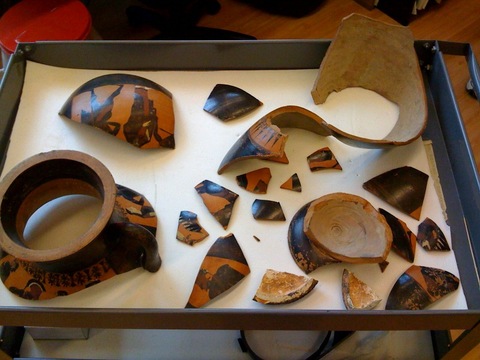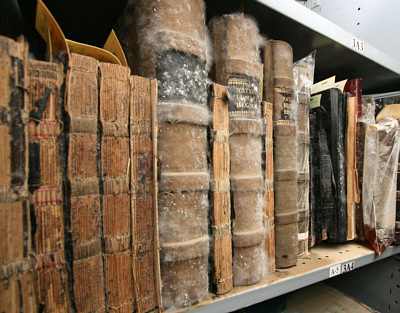Agents of Deterioration: Intro
- Ashley Webb
- Dec 10, 2020
- 1 min read
As a collections specialist, I complete a mental risk assessment every time I work with collections. This risk assessment has a lot of components to it, but the majority of them deal with the 10 agents of deterioration, which I may have mentioned in past posts. These risks are applied to the preservation, or preventive conservation, of objects.
This may sound completely boring, but I find risk mitigation and the rate of deterioration of objects super fascinating. Museums are basically trying to stop something from falling apart, and learning the science behind each object's make up is key. If you know what it's made of, you'll know the rate of deterioration, as well as just how it will deteriorate (well, sort of), and can then create a game plan on how to mitigate any and all risks that will potentially harm the object in the future.
Learning about the 10 agents of deterioration is so important when considering your family heirlooms or keepsakes, especially if you want them to last well beyond your lifespan. There are so many factors and sciences behind the agents, while others are fairly straight forward. I've decided to break them down into several posts with ways to avoid, detect, respond to, or recover from any of the agents.
The 10 agents are:
Light
Temperature
Humidity
Pests
Neglect & Dissociation
Physical Forces
Theft & Vandalism
Fire
Water
Pollutants
There will be an agent each month, so I hope you'll stick around to learn about how you can protect your items for many years to come.













Comments